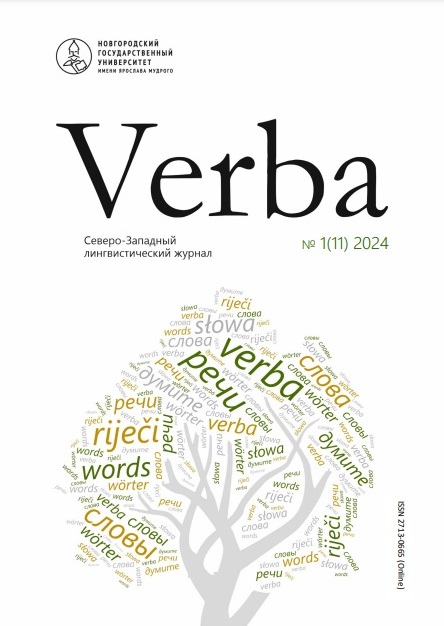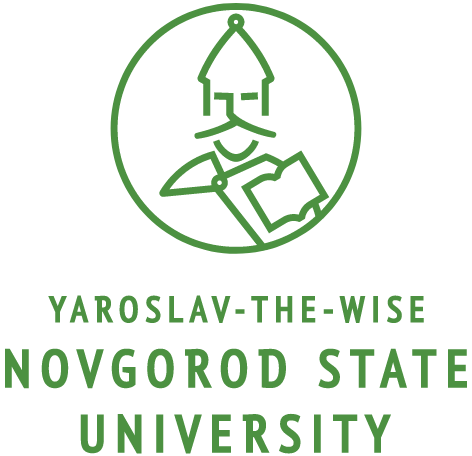To express the inexpressible: nonce word as lexicographic description object
DOI:
https://doi.org/10.34680/VERBA-2024-1(11)-67-80Keywords:
nonce word, occasionalism, neologism, lexicography, sociolinguisticsAbstract
The review analyzes the lexicographic interpretation of nonce words (occasionalisms) in the following dictionaries: Dictionary of Occasionalisms of the Russian Language (2019), Dictionary of Russian Poetry (2020) and Dictionary of the Russian Language of the Coronavirus Era (2021). The principles of selection and arrangement of the material used by the compilers of the reviewed dictionaries, techniques for interpreting the meaning of media and poetic nonce words and describing their word-formation structure are commented on. Various ways of lexicographic representation of semantics and pragmatics of nonce words are considered. The following linguistic features of nonce words are described: productive word-formation models, motivating foundations and formants. Special attention is paid to the lexicographic description of the most frequent methods of nonce word formation: contamination, substitution, holophrasis. Thematic groups of nonce words specific to the language of poetry, mass media and the coronavirus era are analyzed. The great ethnolinguistic potential of lexicographed nonce word innovations is noted, which are of interest both to specialists in the field of humanities and socio-political sciences, and to the general reader.
Downloads
Downloads
Published
How to Cite
Issue
Section
License
Copyright (c) 2024 Verba

This work is licensed under a Creative Commons Attribution-NonCommercial 4.0 International License.








